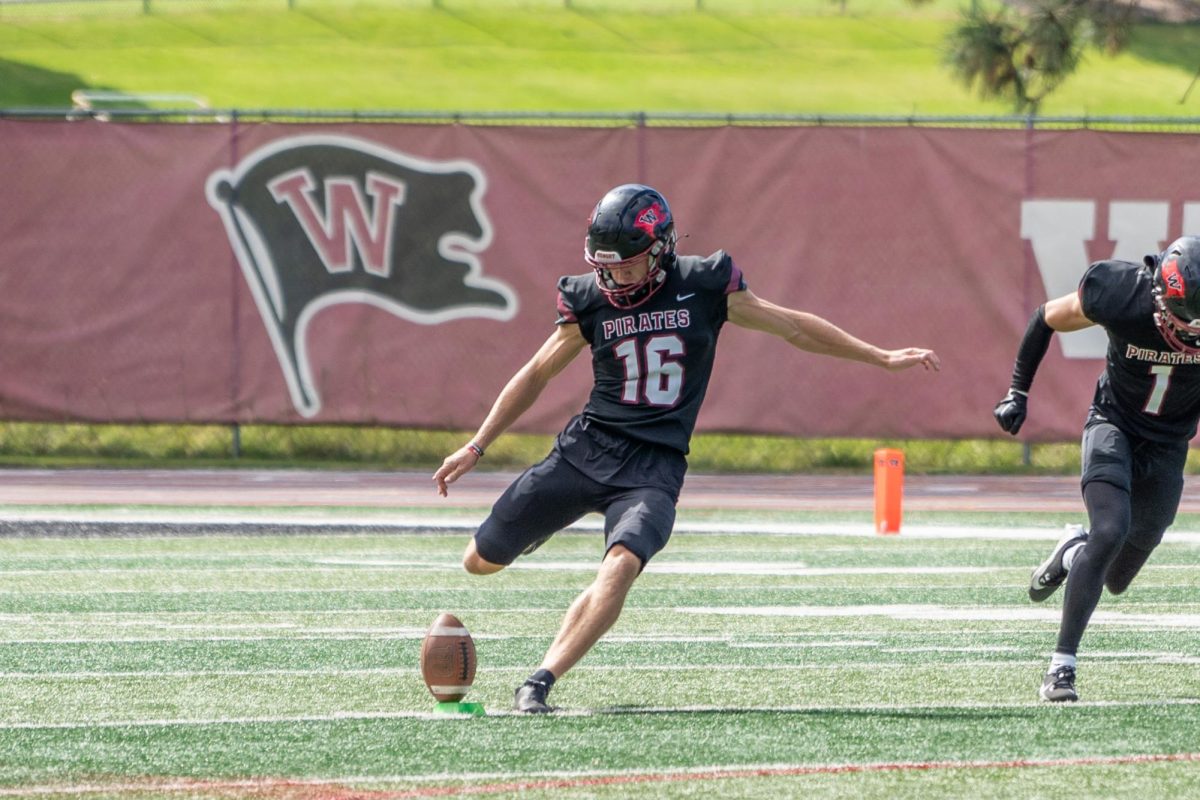Two weeks ago, the Whitworthian polled 100 students asking them to rate the helpfulness of the Student Success center. Of the respondents, 47 percent rated the Student Success center as helpful while 13 percent rated the center as unhelpful. Curious as to what strengths and weaknesses of the program may have resulted in such figures, I investigated.The Student Success Team (SST) is a vastly underutilized resource on campus. Whitworth does a phenomenal job supporting its community and the Student Success program is a major component in providing that support, both in academic and personal arenas. It fosters a supportive environment for students in need no matter the need and the success stories of the program are many in number and kind. Even so, there are important improvements that need to be made.
Before delving into SST further, we must first address a simple question: what is the SST?
In short, the SST is a peer-model program that helps students with academic or personal difficulties. Students who utilize the program are assigned a fellow student to work with, a student success coach, who will help them with whatever struggle they are facing. Its mission is to meet every student where they’re at. The SST should not be mistaken for a tutoring service. Instead, student success coaches are trained to teach good study habits, from time management skill to prioritizing one’s activities. Coaches can connect students to helpful resources, such as specific tutor programs, but their primary duties are to provide personal support, guidance, counseling and accountability.
Prior to the SST’s creation, students who had GPAs lower than a 2.0 had little structured support from the university, Director of Student Success Landon Crecelius said. Students were told they need to raise their grades, but then it was left entirely up to them to figure out how to do so. Naturally, many student struggled to raise their grades without much guidance.
Whitworth already had plenty of reactive measures in place, such as academic warnings, probation and suspension. What it needed was a proactive arm, a program that would work with students and help them recover in the early stages of the struggle, rather than tiered consequences after the worst had already come to pass. The SST was the answer.
The program is still relatively young, only now finishing its third year, but the success stories of the students who have utilized the program are impressive.
Seth McDermott, now a senior, is a prime example of how impactful SST can be in a student’s life. McDermott was a student athlete during his first two years at Whitworth and the time and energy football demanded of him detracted from the time he could commit to academics. His grades suffered and he was put on probation at the end of fall semester his freshman year. Spring semester came and went, and his grades stayed the same. McDermott was assigned a student success coach for fall semester of his sophomore year, and although his grades remained low during the time, by Jan Term he was earning As and Bs.
“My student success coach taught me study techniques. I didn’t have any good study techniques, I didn’t learn any during high school,” McDermott said. “They showed me how to study and gave me a sense that I could be successful in the classroom.”
SST taught him how to adapt to new professors, strategies for good time management and how to prioritize his activities, all of which he had previously struggled with.
Even so, McDermott came perilously close to being suspended from Whitworth. Due to his low grade point average, he was brought before the Education Review Board to make an appeal.
“I called Landon before I called my parents,” McDermott said. “The [SST] was there for me. They fought for me and helped make sure I could stay.”
SST advocated for him, and with his Jan Term grades reflecting his progress, McDermott was allowed to stay. Since then, McDermott has successfully utilized the habits SST taught him, and he looks forward to graduating this year.
Kiersten Signalness, a junior who utilized the program in the past, received similar support from the SST for different reasons.
During her sophomore year, one of her professors was unable to effectively teach his class due to medical reasons which severely hindered his ability to communicate with his class. Signalness made every effort to compensate for the ineffective instruction.
“I had near perfect attendance, turned in all of my homework, saw tutors and studied for every test,” Signalness said.
Despite her efforts, Signalness and the majority of her classmates (those who had not already withdrawn, that is) failed the class. She went to the SST in search of academic help, and although they were unable to meet her needs as she had hoped, the SST worked with her.
They listened as she shared the details of her case and agreed that the circumstances warranted action. The SST advocated for Signalness when she sought a repeal of her grade, and, because of their support, the grade was repealed.
Signalness spoke highly of her experience with the SST, citing three key strengths of the program which make it exceedingly helpful: emotional support, provision of crucial resources and different ideas. Each of these strengths was present in the SST’s response to her situation.
In addition to meeting academic needs, the SST was also created to confidentially support students’ personal needs. Prior to the SST’s inception, students undergoing difficulties of a personal nature were assisted by the vice president at the time.
A success story of that type can be found in sophomore Allison Pheasant.
Unlike McDermott, Pheasant sought help with student life instead of academics.
Pheasant’s student success coach has helped her tremendously, encouraging her to pursue extracurricular interests that she would have otherwise let slip by. Pheasant has become more involved with the community at Whitworth and attributes that being made possible to the support of the SST.
Pheasant is aware of the negative stigma that may come from seeking outside help, but she says it is unmerited.
“People don’t want to have a coach because it seems like you need a lot of help in guiding yourself,” Pheasant said. “Really, your coach is learning too. It’s a learning process for both of you . . . I don’t see them as coaches. They’re just really genuine people, they genuinely care. They’re here to help. They’re more like friends—they support you.”
The many stories of success from SST come in all shapes and sizes—academic assistance, student advocacy and personal support are just a few ways the SST can benefit students. Ultimately, the SST is in place to support students however it can. McDermott’s, Signalness’, and Pheasant’s cases all demonstrate that fact. The SST has filled high needs areas that were once largely unattended to, and it has done a truly praiseworthy job.
Even so, the SST still has an enormous amount of untapped potential. The program is still maturing, and there is much to be done before it reaches its full capability.
Before all other needs, the SST must promote greater publicity. The SST values students’ well being above all else, even before their affiliation to Whitworth. They want what is best for the student as a unique individual. If a student is in need of academic or personal assistance, the SST is the place to go. They will put students in connection with the resources they need.
Staff, faculty and other students can refer students to the SST via the online Student Concern Form, but the majority of submissions currently come from professors. Landon Crecelius and the Student Success program can be found in the Lindaman Center.
“A lot of people have a misconception [about the SST]. They think, ‘Oh, I’m in trouble. I have to go see Student Success.’ Really, we’re here to be a guide and work with students,” said senior Jaclyn Jordan, a student success coach for the past three semesters.
Unfortunately, the misconception is common. Few students know of Student Success, and those who do often have a cloudy understanding of it at best.
Other suggested and hoped for improvements relate to interdepartmental coordination. If the SST can open lines of communication with other resources on campus, it can become more effective in its assistance of students. Communication between SST and tutor programs, professors, coaches and other support services on campus will make each more effective in helping students.
Crecelius said that he would like to see the SST continue to implement more proactive strategies. He pointed out that the men’s soccer coach and one of the men’s football coaches have received some components of Student Success training so that they may better help their players. They have also hired and trained several athletes to become student success coaches, enabling them to further help and support their team and campus community.
The SST needs to publicize itself more on campus. This proactive arm of Whitworth is changing lives, and expectations for further growth are high, so long as it gets the attention it needs and deserves.
Contact Matthew Boardman at mboardman18@my.whitworth.edu







 Spokane?
Spokane?